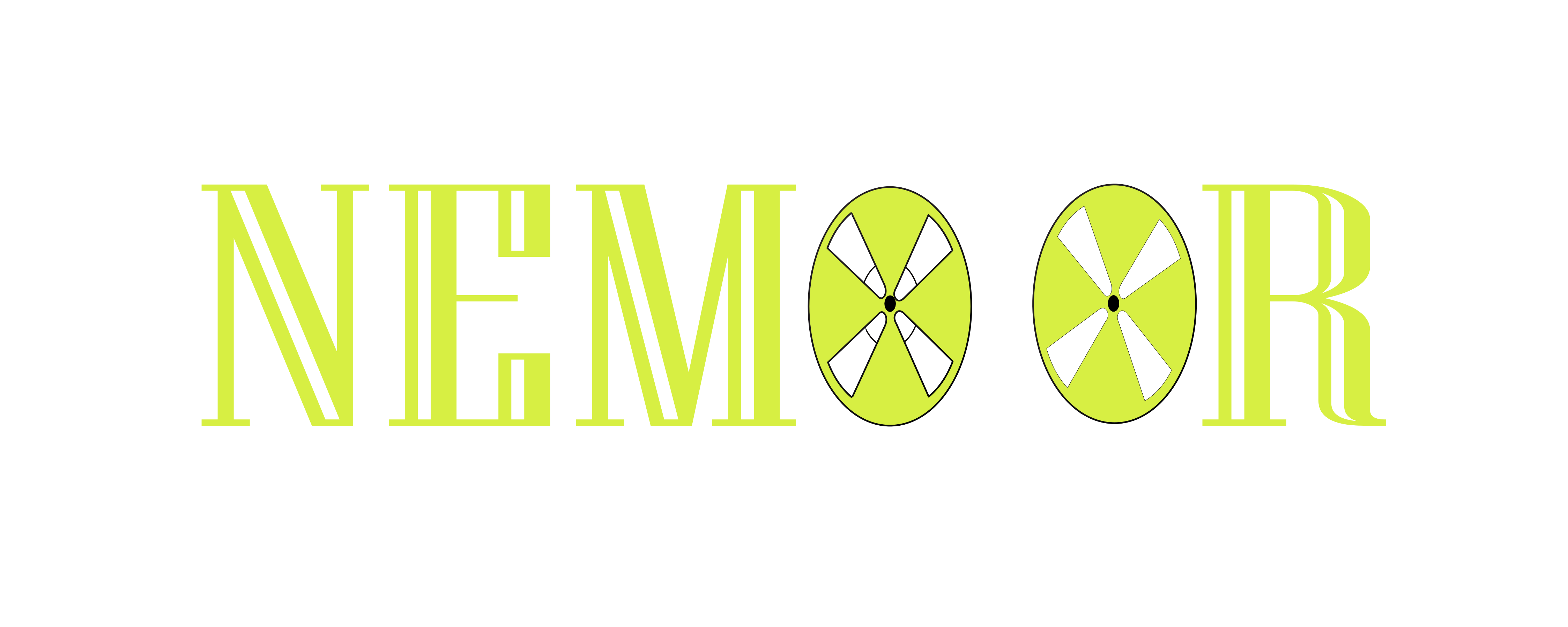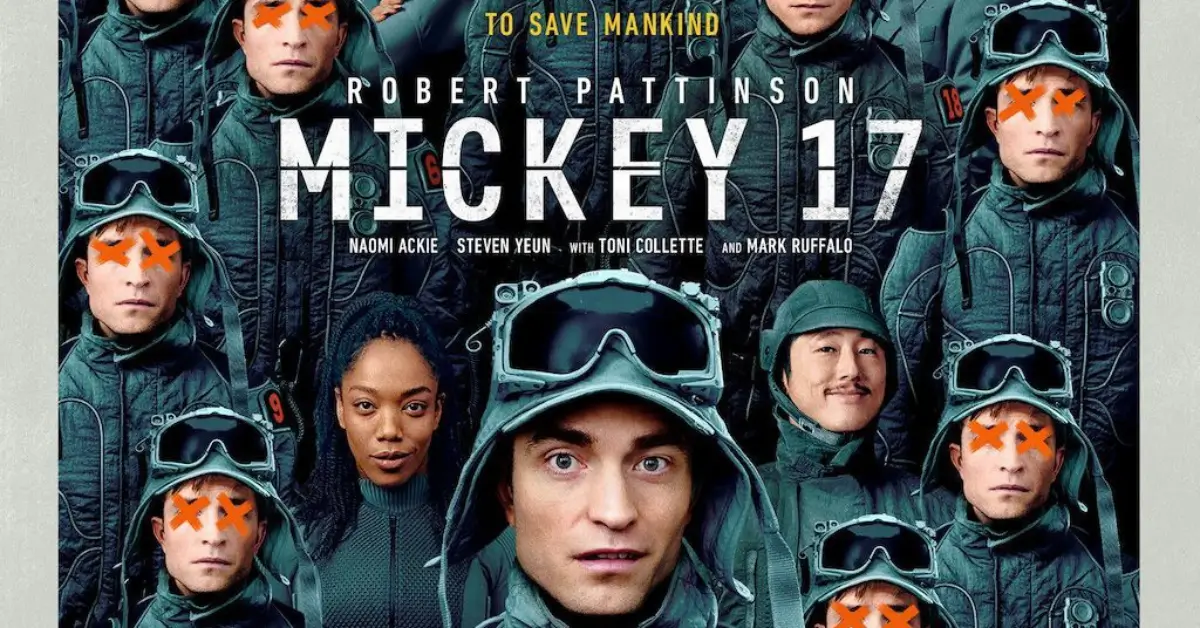Mickey 17: Bong Joon Ho’s Sci-Fi Exploration of Identity, Trauma, and Mental Health
In the ever-evolving landscape of science fiction cinema, few films have approached the psychological complexities of human existence with the unique perspective offered in Mickey 17. Director Bong Joon Ho’s latest masterpiece delves deep into the fragmentation of identity and the psychological toll of exploitation, using the science fiction genre as a powerful vehicle to examine pressing mental health themes. This film stands as a thought-provoking addition to the growing collection of movies that use speculative scenarios to illuminate very real psychological struggles.
Thank you for reading this post, don't forget to subscribe!Basic Film Information
Title: Mickey 17
Release Date & Production Year: March 7, 2025
Director: Bong Joon Ho (acclaimed for Parasite and Snowpiercer, known for blending genres with sharp social commentary and dark humor)
Screenwriters: Bong Joon Ho and Edward Ashton (author of the original novel Mickey7)
Main Cast & Characters:
- Robert Pattinson as Mickey 17/Mickey 18 (an “expendable” clone who experiences repeated deaths and resurrections)
- Naomi Ackie as Nasha Barridge (Mickey’s love interest with her own complex relationship to the colony’s power structures)
- Mark Ruffalo as Kenneth Marshall (a colonial leader with questionable ethics)
- Toni Collette as Ylfa Marshall (involved in the cloning program’s administration)
- Steven Yeun as Timo (fellow worker with insights into the colony’s darker aspects)
Genre: Sci-fi, Dark Comedy
Awards won: Too early for major awards as of film release, though premiering with significant anticipation
Runtime & Rating: R (for violence, language, sexual content, and drug use)
Plot Summary
General Overview
Mickey 17 transports viewers to the harsh, icy planet of Niflheim, where human colonists struggle to establish a settlement. Central to their operation is Mickey, an “expendable” clone worker assigned to dangerous missions with the understanding that upon death, his consciousness will be uploaded into a new body (with memories intact) to continue serving the colony. The film follows Mickey 17, who discovers that his replacement Mickey 18 has been created while he’s still alive, violating the fundamental premise of his existence and triggering a cascade of identity crises and survival challenges.
Mental Health Themes
The film explores several profound mental health themes:
- Identity fragmentation and the psychological boundaries of selfhood
- Existential anxiety and the trauma of repeated death experiences
- Memory as both burden and foundation of personhood
- Dehumanization and its psychological impact
- Survival instinct versus communal responsibility
- Psychological resilience in the face of exploitation
Key Turning Points
The discovery of Mickey 18’s existence while Mickey 17 still lives serves as the film’s central catalyst, triggering paranoia, confusion, and primal survival instincts in both clones. As the colony’s leadership enforces increasingly brutal tactics to maintain control, the film builds tension through the Mickeys’ growing awareness of their expendability. Their confrontation with colonial authorities marks a pivotal moment in their psychological journey toward self-determination.
Ending Analysis
Without revealing major spoilers, the film’s resolution focuses on themes of rebellion and reclaimed agency. The unexpected alliance between the Mickeys and Niflheim’s native lifeforms represents a rejection of the dehumanizing colonial system. The conclusion offers a complex meditation on whether traumatized individuals can transcend their programming and find new definitions of selfhood, providing neither simplistic hope nor complete despair but rather a nuanced examination of psychological adaptation and growth.
Setting & Cinematic Techniques
Filming Locations
Primarily filmed at Warner Bros. Studios Leavesden, the production created a visually striking representation of Niflheim’s hostile environment. The contrast between sterile interior spaces and the brutal exterior landscape mirrors the psychological states of the characters trapped between rigid social systems and chaotic natural forces.
Cinematography
The film employs cold, clinical visuals that emphasize isolation and dehumanization. Recurring motifs include doubled images, reflective surfaces, and visual parallels that underscore the theme of replicated identity. The camera work shifts between detached observation during cloning procedures and intimate close-ups during moments of psychological revelation, creating a visual language that tracks the characters’ emotional journeys.
Sound & Music
The soundtrack masterfully supports the film’s eerie, often absurd tone with minimalistic but tension-heavy compositions. Sound design plays a crucial role in depicting Mickey’s subjective experience of death and resurrection, using auditory distortion and silence to convey psychological disorientation. The score subtly shifts between industrial harshness during institutional scenes and more organic elements when exploring themes of connection and rebellion.
Acting & Character Portrayal
Lead Actor’s Performance
Robert Pattinson delivers a tour de force performance in the dual roles of Mickey 17 and Mickey 18. His portrayal captures subtle differences between the clones while maintaining their essential sameness, physically embodying the psychological toll of repeated trauma through altered mannerisms, speech patterns, and micro-expressions. Pattinson conveys complex mental states dissociation, existential dread, and flashes of desperate humor with remarkable nuance.
Supporting Cast
The supporting performances provide crucial context for the psychological exploration. Naomi Ackie’s Nasha offers a grounding external perspective on Mickey’s fragmented identity, while Mark Ruffalo and Toni Collette embody the institutional callousness that treats psychological suffering as an acceptable cost. Steven Yeun’s Timo provides a counterpoint to Mickey’s experience, demonstrating alternative responses to systemic dehumanization.
Accuracy & Authenticity
While the film’s premise is clearly speculative, its portrayal of trauma responses, identity disruption, and coping mechanisms displays psychological authenticity. The Mickeys’ conflicted relationship with their own replicated selves resonates with real-world dissociative experiences, and their emotional strategies ranging from dark humor to desperate alliance-building reflect genuine trauma responses.
Mental Health Representation: Strengths & Weaknesses
Psychological Accuracy
Mickey 17 operates primarily through metaphor rather than clinical representation, using the science fiction conceit of cloning to explore universal questions about identity continuity and trauma’s impact on the self. While not explicitly diagnostic, the film presents psychologically accurate portrayals of dissociation, existential crisis, and adaptive responses to extreme circumstances.
Stigmatization vs. Awareness
The film’s strength lies in normalizing psychological responses to abnormal situations. By placing these experiences within a speculative context, it creates emotional distance that allows viewers to engage with difficult mental health themes without reinforcing stigma. However, the metaphorical approach occasionally risks abstracting real psychological suffering into purely philosophical territory.
Impact on Public Perception
Early responses suggest that Mickey 17 has sparked valuable conversations about personhood, expendability in capitalist systems, and the psychological cost of treating humans as replaceable resources. Mental health advocates have noted the film’s potential to illuminate discussions about identity continuity in conditions like dissociative disorders and post-traumatic stress.
Critical Reception & Awards
Critics’ Reviews
Professional critics have offered mixed to positive assessments, with particular praise for Pattinson’s nuanced dual performance and Bong’s characteristic blend of dark humor with profound social commentary. Some reviewers found the visual elements somewhat understated for a sci-fi epic, though many appreciated this restraint as focusing attention on the psychological drama.
Audience Reactions
Science fiction enthusiasts have generally embraced the film’s cerebral approach and thematic depth, while some general audiences found the tone shifts between dark comedy and psychological horror challenging to navigate. Mental health communities have highlighted the value of the film’s unique metaphor for worker burnout, identity fragmentation, and the psychological impact of being treated as disposable.
Awards & Nominations
Though too early in its release cycle for major awards, industry observers speculate that Mickey 17 may earn recognition for Pattinson’s performance and the screenplay’s innovative approach to identity themes. The film’s unique position at the intersection of genre entertainment and psychological exploration places it in conversation with previous mind-bending science fiction works that have garnered critical acclaim.
Cultural & Social Impact
Discussions Sparked
Mickey 17 has already generated significant discourse about the ethics of future technologies and their potential psychological impacts. The film has become a reference point in discussions about workplace exploitation, burnout culture, and the psychological toll of treating humans as replaceable components in economic systems.
Influence on Other Films
As a recent release, the film’s long-term influence remains to be seen, but its innovative approach to identity through the lens of cloning technology establishes new possibilities for psychological exploration in science fiction. Bong’s willingness to blend genres while maintaining psychological authenticity sets a high bar for future filmmakers tackling similar themes.
Mental Health Advocacy
While not explicitly created as an advocacy piece, the film offers valuable metaphorical frameworks for discussing complex psychological experiences. Mental health organizations have begun referencing the film when discussing topics like identity persistence through trauma, the psychological impact of dehumanizing systems, and resilience in the face of exploitation.
Personal Reflection & Final Thoughts
Mickey 17 provides profound insight into the psychological foundations of selfhood through its science fiction premise. By literalizing the philosophical question of identity continuity through the mechanism of cloning, the film creates a unique opportunity to examine how memory, experience, and social recognition construct our sense of self.
I would recommend this film to those interested in psychological themes, with the caveat that its exploration of death, trauma, and existential crisis might be challenging for viewers currently experiencing acute mental health difficulties. The film’s strength lies in its ability to create emotional distance through its speculative premise while still resonating with authentic psychological experiences.
The portrayal could perhaps be enhanced by more explicit exploration of healing and integration processes alongside its compelling depiction of trauma and fragmentation. However, the film’s ambiguous resolution honestly reflects the complex, ongoing nature of psychological adaptation to extreme circumstances.
Conclusion
Mickey 17 stands as a significant contribution to the growing canon of films that use science fiction to illuminate psychological truths. Through its story of clones confronting their expendability, Bong Joon Ho has created a thought-provoking examination of identity, trauma, and resilience that transcends genre conventions.
The film reminds us that questions of selfhood and psychological continuity are not merely abstract philosophical puzzles but lived experiences with profound emotional implications. By embedding these explorations within an entertaining science fiction narrative, Mickey 17 makes complex psychological concepts accessible while never simplifying their inherent complexity.
What are your thoughts on how this film portrays the psychological impact of treating humans as expendable resources? Has watching Mickey 17 changed your perspective on the relationship between memory, identity, and mental health?

